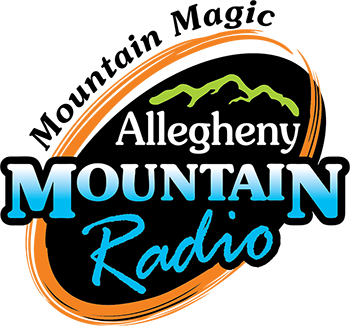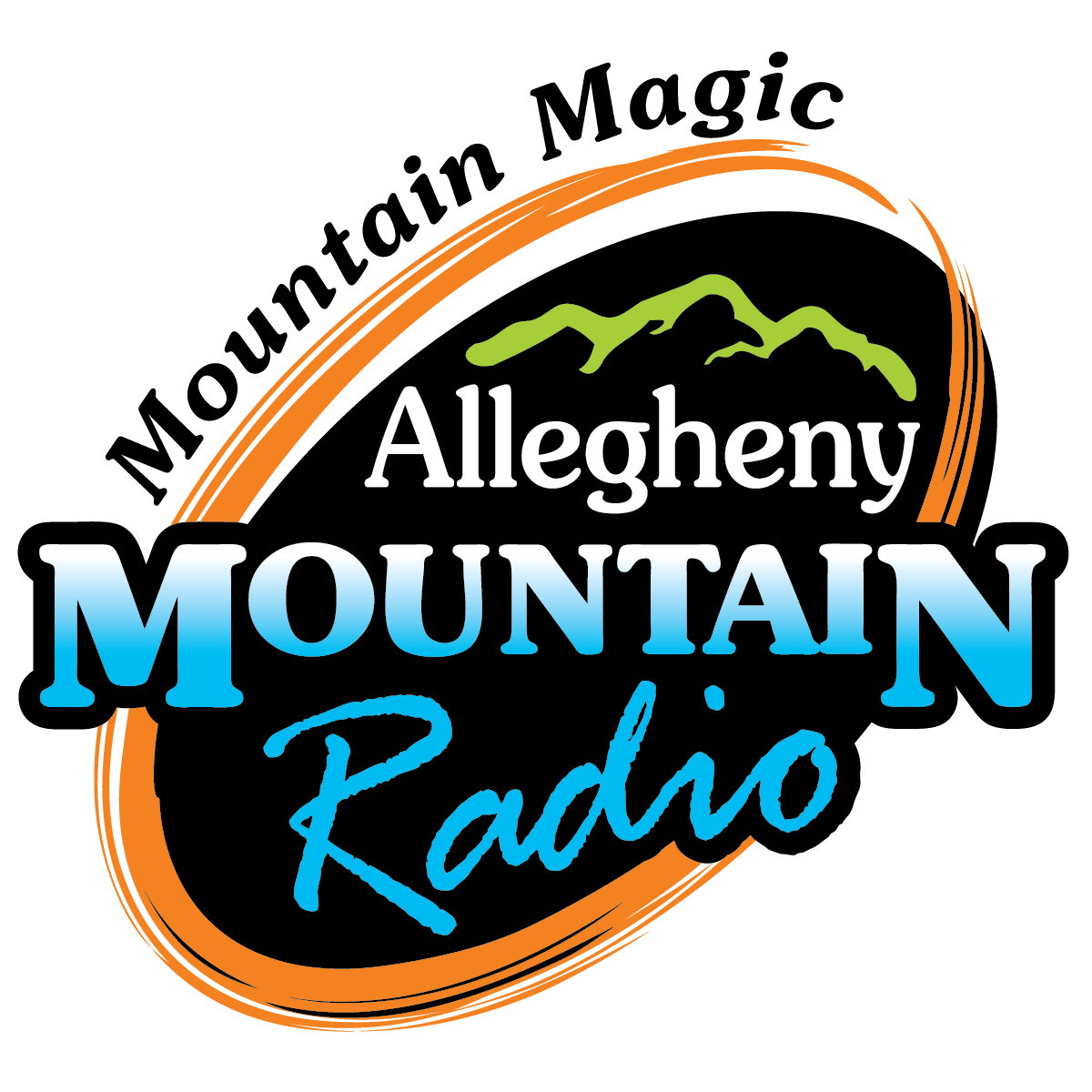State Officials Brief Monterey Town Council On Water Plan
Monterey, VA – Monterey council reviewed details of a water supply plan during its December 1 meeting at the Highland County Library. Bonnie Riedesel, Program Director with the Central Shenandoah Planning District Commission, and Sarah Jordan and Tammy Stephenson, with the Virginia Department of Environmental Quality, briefed council on the contents of the plan.
Following serious droughts in the late 1990s and early 2000s, the state government passed a law that required the DEQ to develop a statewide water supply plan. A DEQ regulation took effect in 2005 that required all local jurisdictions to develop a water supply plan, or participate in a regional planning unit.
Monterey council voted in 2007 to participate in the Upper James River planning unit. The planning unit had a deadline of November 2 to submit its water supply plan to the DEQ. Riedesel told council that all but two of the unit’s participating jurisdictions – the Town of Goshen and the Town of Monterey – had adopted the plan and a drought ordinance, as required by law. The Program Director said Goshen was scheduled to act on the plan this month.
Riedesel told council that the purpose of the plan is to provide adequate, reliable and safe water to citizens in a way that balances the need for environmental protection and provides for future growth. The expert said the plan only affects the town’s public water system and customers, not those who rely on wells or springs for water.
The program director summarized the contents of the plan, which showed that 85 percent of Monterey’s public water goes to residential use, and only 2 percent for business use. Another 13 percent of the water is lost or unaccounted for – a number the experts said is not bad at all.
Councilmembers expressed concerns with certain aspects of the plan. Mayor Janice Warner noted that Monterey does not lie in the Upper James River watershed, but wholly within the South Branch of the Potomac watershed. Riedesel responded that that aspect of geography does not render the plan invalid, because the town government specifies the events, or triggers, that activate the local drought ordinance.
The program director said the proposed drought ordinance for Monterey was triggered by low surface water levels in the Bullpasture River and low groundwater levels at Rockbridge, both in the James River watershed.
Warner suggested that changes be made so that Monterey’s ordinance would be triggered by low water levels in the South Branch watershed. Riesdesel said the changes could be made.
Councilmembers noted the plan’s population figure for Monterey, 465, was incorrect. Warner told Riedesel that the latest census reported a town population of 220. Riedesel said that change would be made, as well. The Mayor asked her if the town would incur any new record-keeping or reporting requirements under the water supply plan and Riedesel responded that it would not.
Councilmember Francis Fenn asked the officials what would happen if the town did nothing. Jordan responded that the town could be fined if it refuses to adopt the plan, as required by law, but that no enforcement was likely as long as the town had a schedule to do so. Riedesel told council that she would have the requested changes made to the plan and send the updated version to council as soon as possible.
The mayor told the officials that council would conduct a public hearing in February to act on adopting the plan and thanked the officials for their visit.
In other business, Monterey council:
– voted 4-0 to authorize the Warner to have town engineer Brad Craig to complete a preliminary engineering report for a new sewer line at the school
– and voted 4-0 to transfer $358 from the sewer replacement fund to pay an insurance bill.




